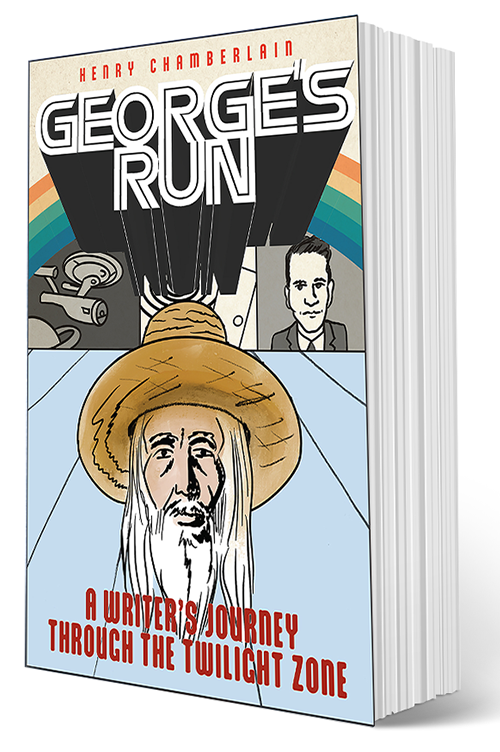
Mark Twain’s War Prayer, Illustrated by Seymour Chwast. Seattle: Fantagraphics Books, 2024. 96pp, $22.99.
Guest review by Paul Buhle
The literary-political Establishment fairly well managed, for three or four generations, to hide or to minimize Mark Twain’s later-life antiwar devotions. The beloved writer, considered by readers and critics alike as the creator of the singular US classic, Huckleberry Finn, devoted much of his prose energy in later years to denouncing wars in general and the vastly murderous American assault on the Philippines in particular.
It was no doubt the Vietnam War, with the vast military assault and chemical warfare sidebars against large parts of Southeast Asia, that brought to light Twain’s writings previously considered marginal, old age ramblings. Twain knew what he was writing about, and he knew how to say it in painfully funny ways.

“The War Prayer,” actually written in 1905 but unpublished, remained in family archives after his death in 1910 as dangerous for his literary reputation. It reached readers rather obscurely in 1916, tacked onto another Twain essay, and took on a new relevance when narrated for PBS viewers in 1981. It has emerged repeatedly in short films since then, but most notably as an animated short in 2007, narrated by actor-activist Peter Coyote and starring no one less than the Beat poet and bohemian antiwar champion Lawrence Ferlinghetti, as the war-mongering parson.
Chwast is a fascinating and formidable artist to take on the task of illustration, in what must be regarded as an act of devotion to Twain. A mainstream illustrator publishing in the “slicks” while still in his teens, Chwast did work for the New York Times and Esquire among other places, also creating a plethora of commercial designs from packaging to magazine covers to Broadway show posters. He and a sometime workmate at Esquire, Edward Sorel (himself later a Nation magazine regular) started their own operation, Push Pin Studios, in 1957 along with rising stars Milton Glaser and Robert Ruffins. It would be too much to say that Push Pin transformed exhibit advertising, but not too much to say that together with other artists, this team moved commercial art into new zones, more playful, more interesting than before.
Ever on the progressive side, Chwast took on the present task without adding a single comment of his own. All Twain Text and not so much of that. After an excerpt from the famous caustic essay “The Lowest Animal” (a date of the essay might have been helpful but might artistically intrusive, and anyway remains uncertain even to scholars), we have a hundred pages of quotes running from a few words to a short paragraph.
Chwast has evidently thrown himself into the work with abandon. Early pages look like circus posters, announcing wars proudly like the American war posters of old, with wordless, cartoony facing pages. Later, he passes heavily into pastels, the voice of the prophet (seen bearded) in suggesting what the “voice of the prophet” means for those who pray for military victory.

What follows, for almost the rest of the book, is Chwast’s drawings of war and destruction, predominantly in stark blacks and whites. Then more color pages of war’s victims looking to the heavens, “imploring thee for the refuge of the grave and denied it—for our sakes who adore Thee, Lord. Blast their hopes, blight their lives…” (pp.72-77) and so onward.
This is Twain’s explanation or exploration of religion as basically a cheat, especially Judeo-Christian religion for the reason that he knew it best. A cheat in many things, but above all in the praises of war, the warriors, humanity in war, and so on. We could add, into the endlessly terrifying night of our present world, as a particular kind of Jewish artist might see the misuses of religion now.
This is something new for Twain-illustrated books, despite the many earlier illustrations of his works. We see again, in Twain’s spare prose that no better American writer has ever emerged. A novelist who still makes vaunted modernists like Saul Bellow read like amateurs, and whose caustic attack on falsities finds an equal only in the best moments of Kurt Vonnegut.
Chwast has a past dossier of recaptured and reworked images from a thousand sources that have crossed his eyes. Never has his political energy been on display so clearly and with so much concentrated energy. Mark Twain’s War Prayer is a book horribly relevant, horribly significant in its art and for today’s world.















































